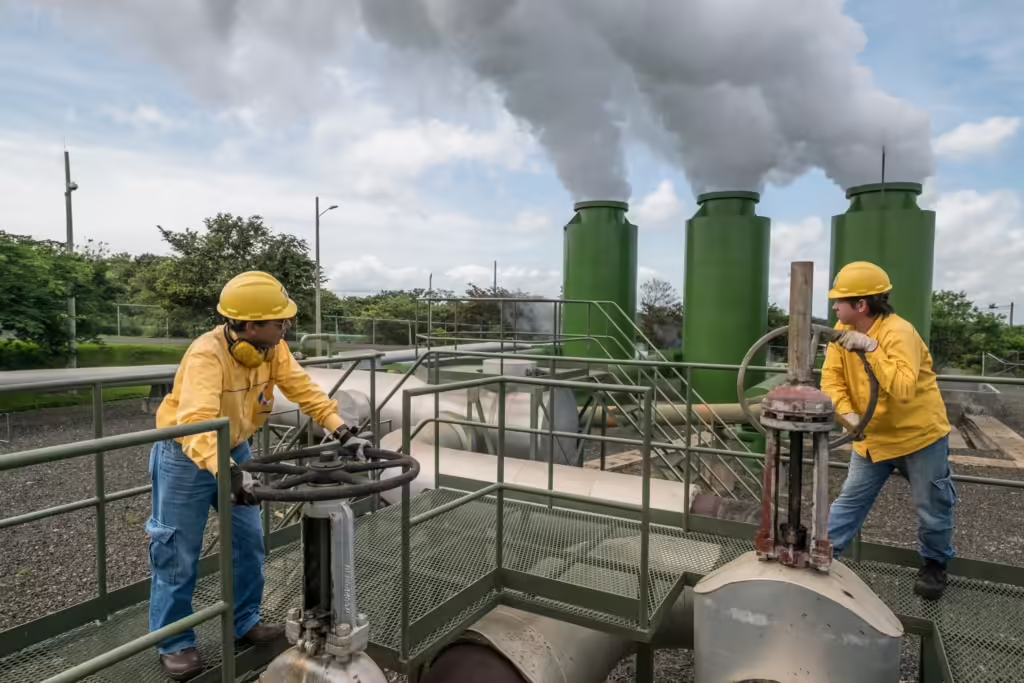
Emission Control In the battle against climate change, emission control has become a critical focus for both policymakers and investors. As countries and organizations pledge to curb their carbon footprints, energy impact investors are expected to play a pivotal role in meeting these ambitious climate goals. However, despite their crucial role, many investors are not on track to meet the emission control targets set forth in international agreements and national policies. This gap reveals a troubling trend that needs urgent attention to ensure the global climate goals are achieved.
Energy impact investors are tasked with allocating resources to projects that promote sustainable energy solutions and reduce greenhouse gas emissions. Yet, the journey to effective emission control is fraught with challenges. Investors often face obstacles such as technological limitations, regulatory hurdles, and financial constraints that impede their progress. As a result, the promised reductions in emissions are not materializing as expected, putting climate targets at risk and highlighting the need for a reassessment of strategies and practices. GIIN
Addressing the shortfall in emission control efforts requires a comprehensive understanding of the current state of emission targets, the specific challenges faced by investors, and the strategies that can drive improvements. By examining these aspects, we can gain insights into the necessary actions to bridge the gap between investment efforts and climate goals, ultimately steering the energy sector towards more effective emission control.
The Current State Of Emission Control
The current landscape of emission control reveals a complex scenario where targets are often ambitious but progress is inconsistent. Global climate agreements, such as the Paris Agreement, set specific goals for reducing greenhouse gas emissions to limit global warming. These targets are designed to drive significant changes across various sectors, including energy, transportation, and industry.
Despite these clear objectives, achieving effective emission control has proven challenging. Many regions and sectors are struggling to meet their targets due to a range of factors, including outdated infrastructure, insufficient technology, and a lack of stringent regulatory enforcement. The disparity between set targets and actual progress underscores a need for more robust and actionable plans to ensure that emission control efforts are on track.
Energy impact investors are central to this equation, as they are expected to fund and support initiatives that contribute to emission reductions. However, the alignment of investment activities with emission control goals has been inconsistent. This misalignment highlights the need for a more strategic approach to investing in emission reduction projects, ensuring that financial resources are effectively utilized to achieve tangible results.
Challenges Faced By Energy Impact Investors
Energy impact investors encounter a variety of challenges that hinder their ability to meet emission control targets. One significant issue is the technological gap, where existing technologies may not be sufficient to achieve the desired reductions in emissions. Many projects require advanced and innovative solutions that are still in the development phase or are not yet commercially viable.
Financial constraints also play a critical role in the difficulties faced by investors. The transition to greener technologies often involves substantial upfront costs and long-term investment horizons, which can deter investors from committing the necessary resources. Additionally, the financial risks associated with emerging technologies and uncertain regulatory environments can further complicate investment decisions.
Regulatory challenges are another major hurdle. Inconsistent policies, lack of clear guidelines, and varying levels of enforcement across different regions can create confusion and obstacles for investors. Navigating these regulatory landscapes requires careful planning and adaptability, but many investors struggle to keep pace with the evolving requirements.
Strategies To Improve Emission Control
To bridge the gap between current efforts and the emission control targets, energy impact investors need to adopt several key strategies. First and foremost, investing in cutting-edge technologies that offer significant emission reduction potential is crucial. Collaborating with technology developers and supporting the commercialization of innovative solutions can help accelerate progress in emission control.
Additionally, creating partnerships with governments, regulatory bodies, and other stakeholders can enhance the effectiveness of emission control initiatives. By engaging in dialogue and advocating for supportive policies, investors can help shape a more favorable environment for achieving climate goals. Such collaborations can also lead to the development of new funding mechanisms and incentives that align financial interests with emission reduction objectives.
Finally, improving transparency and reporting practices can enhance accountability and drive better outcomes. By regularly monitoring and reporting on emission reduction progress, investors can ensure that their efforts are aligned with their goals and make necessary adjustments to strategies as needed. This proactive approach can help build trust with stakeholders and demonstrate a commitment to achieving meaningful emission control.
In conclusion, addressing the gap in emission control requires a multifaceted approach involving technological innovation, strategic partnerships, and enhanced transparency. By overcoming the challenges and implementing effective strategies, energy impact investors can play a pivotal role in achieving the climate goals and driving significant progress in emission reduction.
Antonio Maracas
Como escritor, minha paixão é transformar ideias em palavras que ressoam com os leitores.
